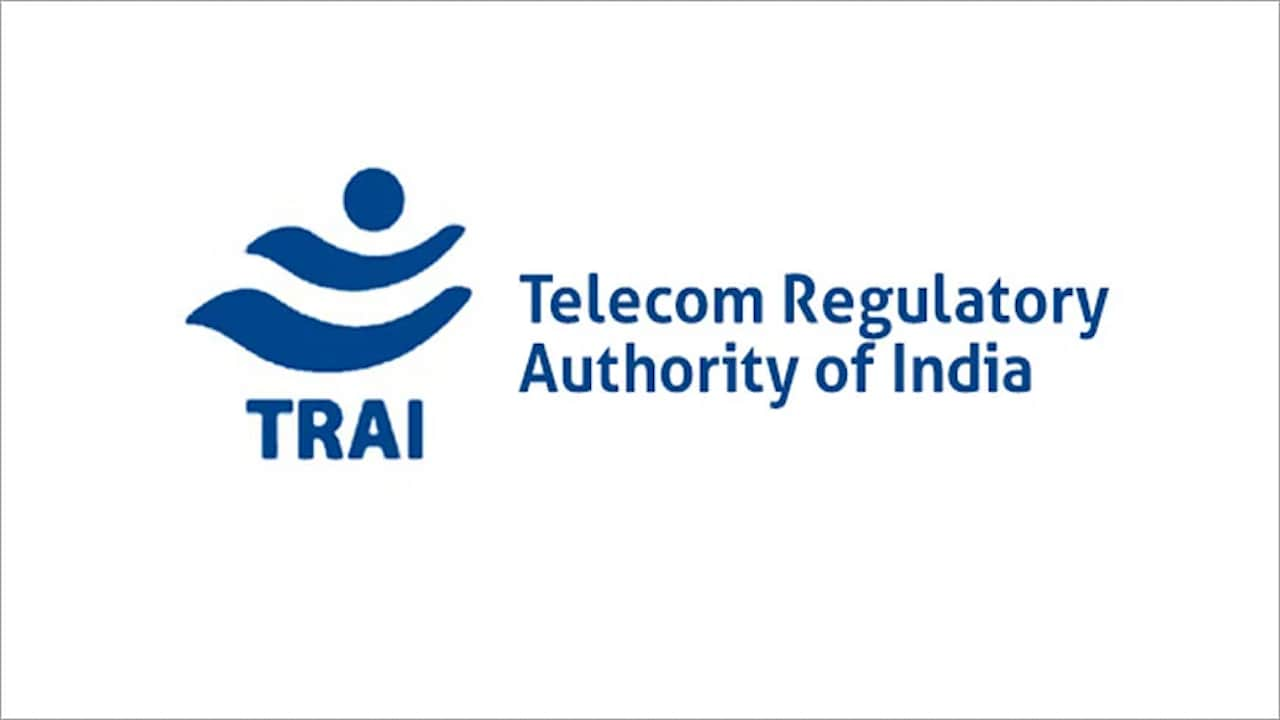The National Broadcasting Policy(NBP) proposed by the Telecom Regulatory Authority of India(TRAI) has been sparking debate among stakeholders. While the policy focuses on growth of the broadcasting sector, stakeholders have concerns about several recommendations including convergence, piracy and the inclusion of OTT services.
During an open house discussion on April 15, stakeholders were divided on the idea of convergence. Some participants argued that technological convergence doesn’t necessitate regulatory convergence, advocating for separate frameworks for different sectors. Others, however, believed convergence is the only way forward and that regulations should adapt to reflect the changing landscape.
Airtel that had already mentioned in their earlier submission to the regulator reiterated their stance on the NBP. According to them, NBP must acknowledge convergence in broadcast regulations and ensure that the regulatory framework includes all modes of delivery of broadcast content across all platforms – at the same price – irrespective of technology.
“The policy should amend the current regulatory framework to ensure any platform which offers similar content as offered by the regulated distribution platform, should equally be brought under a similar regulatory regime – irrespective of technology,” they had said.
“TRAI itself acknowledges the convergence of technologies in this consultation paper. However, current regulations haven’t kept pace with this convergence. This mismatch creates problems like violations of various policies like the downlinking policy, cross-holding restrictions and an incomplete licensing regime,” said Rahul Vatts, chief regulatory officer of Bharti Airtel.
Another point made by Vatts concerns OTT services.
According to him, while stakeholders’ recognises the distinction between push vs. pull type of service, convergence allows access to the same content across various mediums, as acknowledged by consumer bodies and other speakers. While mediums like DTH, IPTV, and cable are tightly regulated, others lack regulation entirely. Therefore, achieving regulatory parity across mediums delivering the same content, regardless of technology, is crucial.
According to Gururaja Rao, principal legal counsel at Sony Pictures Networks bundling of services like TV, broadband and voice into one does not imply that the services have converged. Such offering only enables the service provider to provide multiple services as a bundle offering any service within the side bundle.
Rao also touched upon the piracy issue among other things.
“Broadcasting is a content driven industry and it is important to prioritise protection for the intellectual property. There is an urgent need to create a regulatory framework to address, clarify and resolve content protection issues that stem from the Conditional Access System, Subscriber Management System, Set-top Boxes, Digital Rights and others,” he said.
Broadband India Forum’s Debashish Bhattacharya on the other hand advocated for broadcasting policy restricting its coverage to the broadcasting sector and exclude the OTT services from its scope,
“The OTT services are not in part of the broadcasting ecosystem since they are functionally distinct from television and radio broadcasting that involves a combination of carriage and content,” he said.
He also shared his perspective on the argument that television is a push based medium and consumers view content at the time and schedule decided by the broadcaster while OTT is a pull medium where consumers decide on factors like time and content.
“Infrastructure for broadcasting and OTT services are also distinct and require distinctly unique policy and regulatory oversight. The television broadcasting and TV markets are also at different stages of development, while the OTT is the sunrise sector with potential for growth and in a position to contribute positively towards India’s digital economy, as has been shown in a number of reports which have been published.It needs a growth oriented, forward-looking policy approach. On the other hand the television broadcasting requires a long term policy coupled with a growth oriented action plan for the overall growth of the sector,” he added.
Read More: The should be just one agency for TV Ratings: IBDF opposes multiple measurement bodies
